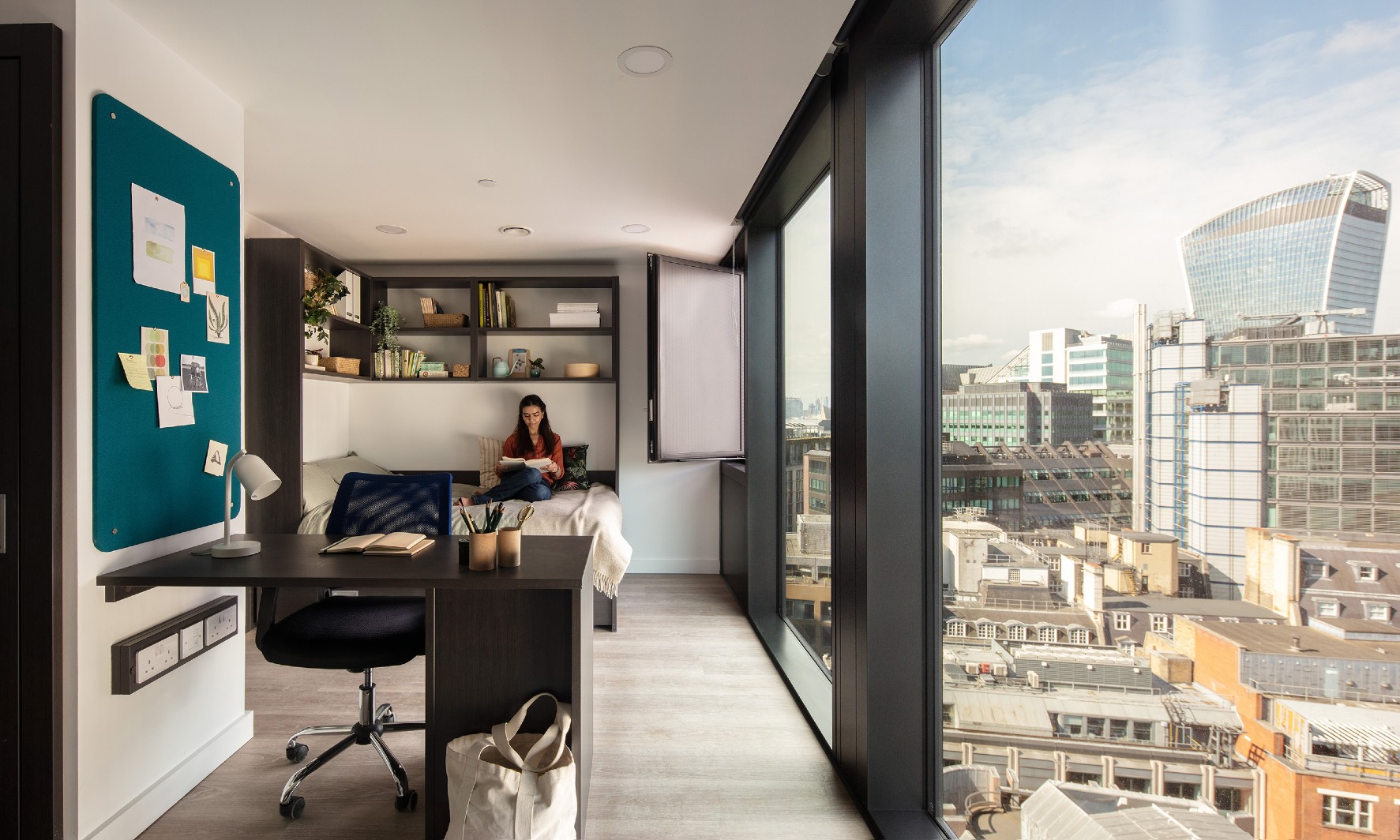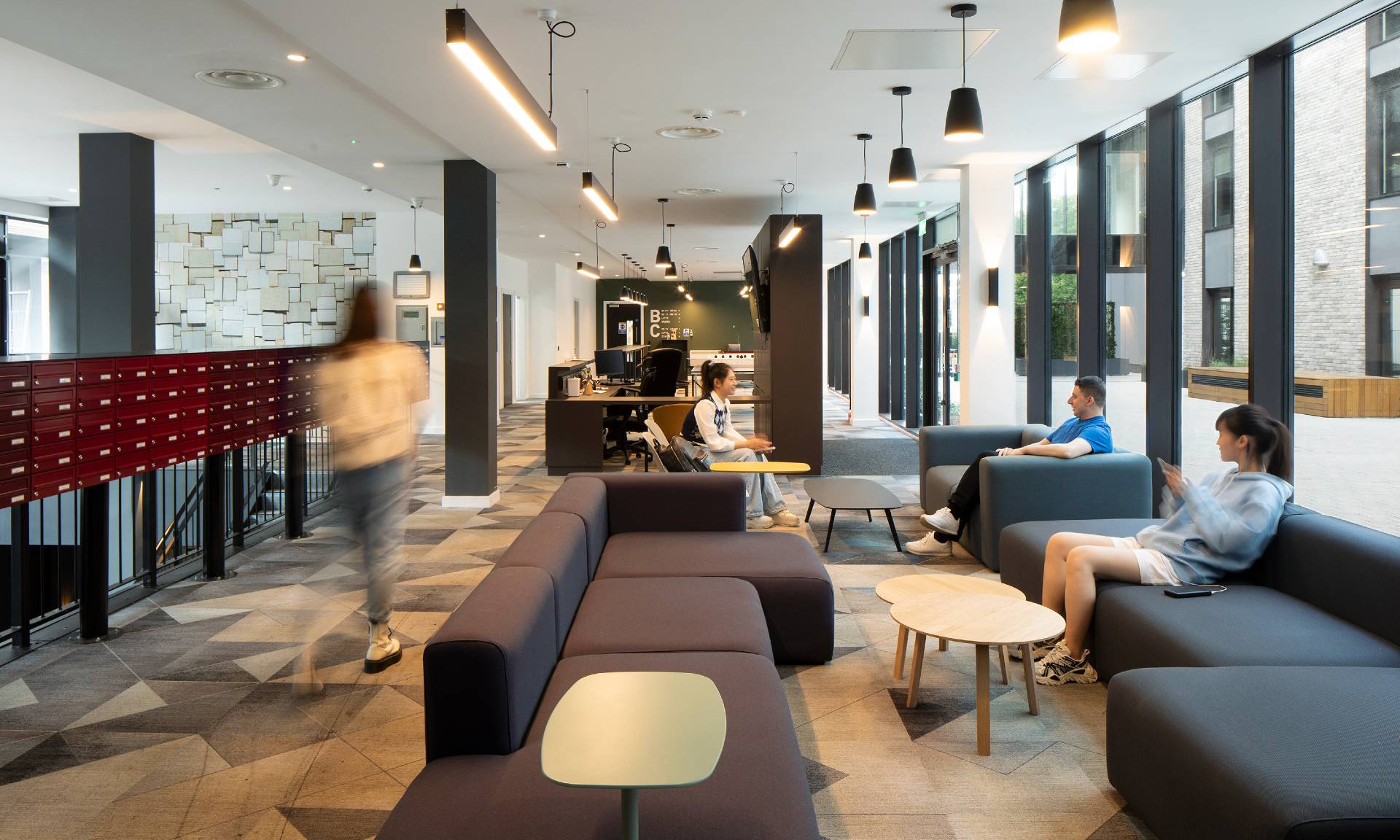‘What is the future of student accommodation post-covid?” by Mark Williams-Jones
There is almost no part of society or business which isn’t suffering some impact due to the COVID pandemic. Even before the world went into a series of shutdowns, one sector which was already under huge pressure from cuts to funding were the universities and the arts.
Under proposals put forward in 2020 by Gavin Williamson (MP), the Education Secretary, funding from the Office for Students (Ofs) would be cut by half for students associated with art and design, music, dance, drama and the performing arts, media studies and archaeology during the 2021-22 academic year. It seems the subjects which are most space hungry in terms of facilities are those primarily in the firing line.
This is a trend that is likely to extend to other subjects, and whilst inevitably there has already been a ‘shift’ in the way we approach higher education to a more hybrid approach – echoing the emerging shift in the way we approach working in the office. In both cases it can’t be denied that there is no substitute for meeting in person – the collaboration, the cross pollination of ideas, the serendipitous meeting of like-minded individuals, and the learning by osmosis which happens when people share the same spaces. This is everything we have been talking about when we speculate about the future of the office, but it is probably even more pertinent to student life.
University isn’t simply about furthering knowledge in a specific field – it is about widening your world view, having your beliefs challenged and forming friendships and contacts which often shape your career, a key part of university experience is where you live and therefore student accommodation.
It seems the days of leaky halls of residence and grotty shared houses that some of us remember from our student days are on the decline, and whilst a certain generation undoubtedly have a nostalgia of these times so beautifully captured in ‘The Young Ones’, the world has shifted.
Higher Education is now a business, and students very much see themselves as ‘consumers’ – with annual course fees up at £9,250+ students are very aware of the experience they are getting, the amount of contact time and resource they receive, and are asking the question as a client, ‘am I getting value for money? Equally, universities are very aware of the cost per m2 of their campus space that each student represents, and it is not looking good for those space hungry disciplines which need studios, performance space, workshops, or labs.

So why mention all of this in a piece which is talking about the future of student accommodation? Well because it can’t be looked at in isolation – the whole idea of a university campus needs a shakeup – a rethink about how the existing assets can be better used, about how the campuses can generate additional income and become more entrepreneurial as an entity, and student housing is a key part of this wider student ecosystem.
Historically student accommodation has always been viewed as the bottom of the ladder when it comes to design quality. This is down to a variety of factors; rogue landlords, insecure tenancies, quick turnaround of tenants, lack of care by the students for these properties, all of which has created a ‘we don’t really care’ attitude to the design and maintenance of student accommodation. A bed, a shower, a kitchen - that is all they need. Short termism has been the approach.
But as already discussed, students have become more savvy consumers – they are expecting more of their university experience. And we are also talking about a generation where ownership isn’t a priority – but experience is. Your student accommodation choice is potentially a lifestyle choice – it says something about who you are. You want amenity spaces, shared experiences and to be plugged into a wider community of like-minded individuals.
However, the reality is that this accommodation still needs to remain cost effective – in a post COVID world they aren’t necessarily going to get any bigger – and they probably don’t need to. Perhaps a bed, a shower, a kitchen is all students need… for their own space. Especially if the focus will instead be on improving the amenity spaces, the shared facilities, and the wellness of occupants. We are also seeing a move towards this in the rapidly growing co-living sector.
What will probably be more important is access to outside space – and varied communal facilities. Each student accommodation scheme could become a small village in its own right. With the very likely possibility of ‘hybrid’ learning, communal spaces for remote working are likely to become more important – effectively coworking spaces / incubator offices for students.
The pandemic has also made us think again about our local communities – has made us much more aware of our immediate vicinity and who we share space with – for many people it has been an opportunity to reconnect and re-engage with their surroundings. But traditionally, student accommodation and the associated amenity has always been a ‘closed shop’ - Gated communities for students, so that these buildings don’t contribute to the wider communities they sit within. But the idea that students aren’t part of that community seems ever more perverse.

We are witnessing a ‘blurring of boundaries’ between working, living and leisure in our cities, I expect we will see student accommodation – and wider university campuses – become part of this multi discipline, multi-use world.
In our cities and towns – those areas which many universities (and therefore students) inhabit, space is valuable. But these great facilities could work harder. Already many student halls are used for conference accommodation outside of term time, helping generate additional income. But this could be applied to the shared amenity spaces in student accommodation. Why not open the doors of the study space to local professionals who are looking for a co-working space for 2 days a week? Why not open gym facilities to the paying public or provide refectory space as a ‘village hall’ outside of teaching hours? All of this could help subsidise these critical ‘amenity’ spaces without necessarily passing the cost on to students, but also help these student communities knit into the wider community.
And this is the crux of what the pandemic may have done to change student housing – not in the short term – but perhaps in the longer term is to reinvigorate the idea of local community. We have progressively ‘siloed’ groups within society and given them their own accommodation class. Students have ‘student accommodation’, young professionals have ‘PRS’, and the aging population ‘Assisted living’. We also have affordable housing for many who don’t fall into any of these other groups. All of these are striving to create broadly the same thing – a home and a place to live safely and comfortably within a neighbourhood.
At Apt we see this as a great opportunity to rethink the current approach to community and student housing: A real positive that could emerge from the tragedy of the last 2 years.


